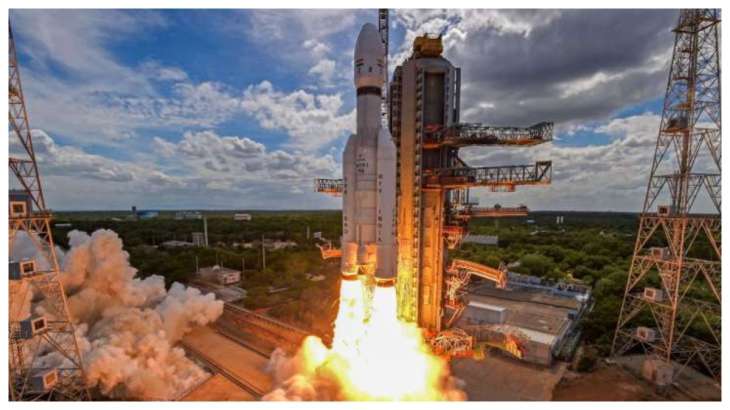'Welcome, buddy!': Chandrayaan-2 orbiter to Chandrayaan-3's Vikram lander
Two-way communication between the Chandrayaan 2 and 3 is established.
 Chandrayaan-3 mission
Chandrayaan-3 mission

The Lunar Module of Chandrayaan-3 and the Chandrayaan-2 orbiter are now able to communicate in both directions, according to a statement released by the Indian Space Research Organization (ISRO) on Monday.
"'Hello, buddy!'"With formality, Ch-2 orbiter welcomed Ch-3LM. There is established two-way contact between the two.MOX now has more pathways to reach the LM, according to a message made on 'X' by the National Space Agency.ISTRAC, Bengaluru's ISROTelemetry,Tracking and Command Network is home to the MOX (Mission Operations Complex).
Chandrayaan-3 Mission:
— ISRO (@isro) August 21, 2023
‘Welcome, buddy!’
Ch-2 orbiter formally welcomed Ch-3 LM.
Two-way communication between the two is established.
MOX has now more routes to reach the LM.
Update: Live telecast of Landing event begins at 17:20 Hrs. IST.#Chandrayaan_3 #Ch3
ISRO releases fresh images of Chandrayaan-3 lander scouting
Images of the Vikram lander searching for a landing spot on the moon were made public earlier in the day by ISRO. The Lander Hazard Detection and Avoidance Camera (LHDAC), which aids in locating safe landing locations free of large rocks and deep holes, captured the pictures.
The LHDAC photos display a range of topography, including as plains, mountains, and craters. These photos will be used by the lander to choose a secure landing spot that has scientific value.
Chandrayaan-3 to land on the south pole on August 23
On August 23 at approximately 6:04 pm (Indian time), the Chandrayaan-3 is slated to touch down on the south pole of the moon. The mission will be the first to set foot on the south pole of the moon, an area that has not yet received as much attention as other sections of the moon.
The Chandrayaan-3 mission represents a significant turning point for the ISRO and India's space program. If the mission is successful, it will teach scientists more about the south pole of the moon and its potential resource base.
Although the Chandrayaan-3 mission is difficult, the ISRO is optimistic that it will be successful. The mission serves as proof of the ISRO's expanding capacity and dedication to space research.
In 2019, the Chandrayaan-2 spacecraft, which included an orbiter, lander, and rover, was launched. The lander that had a rover in its belly hit the Moon's surface, failing to soft-land as intended. The mission life of the orbiter is extended to seven years, according to ISRO, who stated this in 2019.
Comments